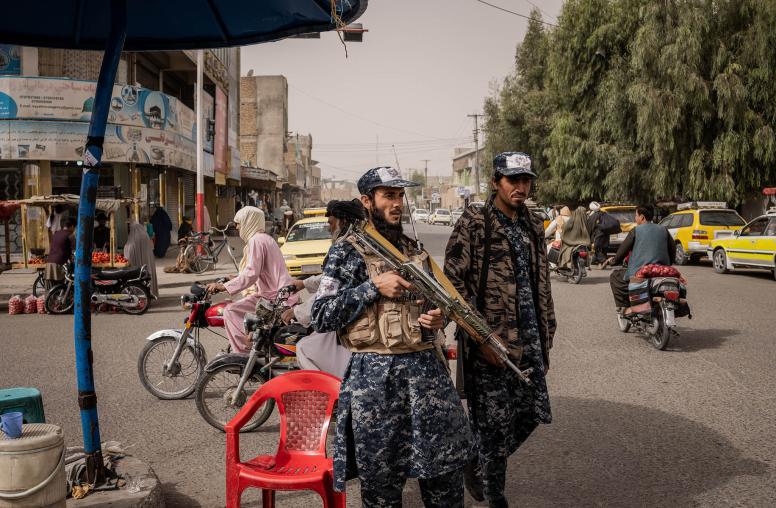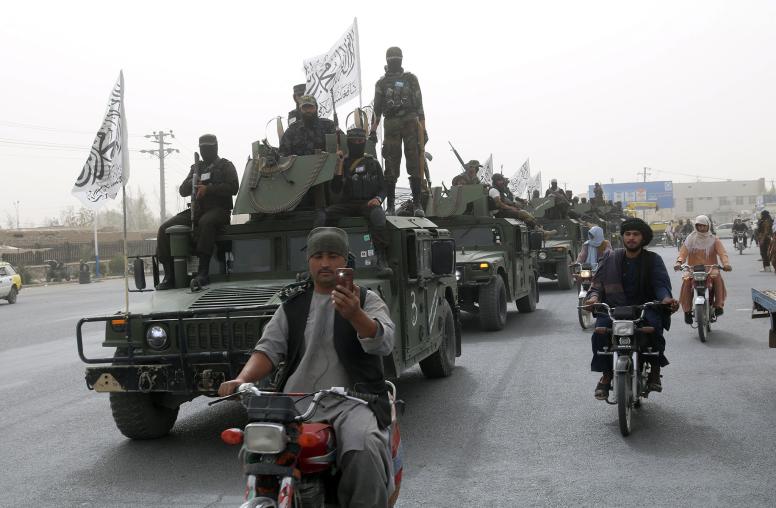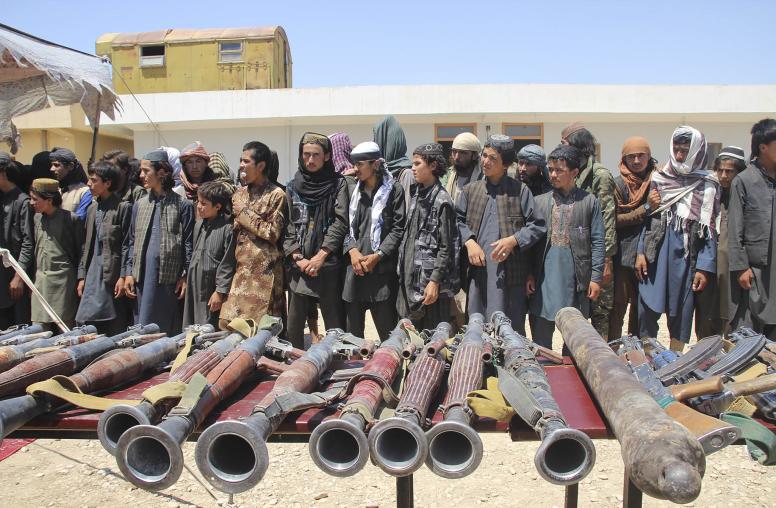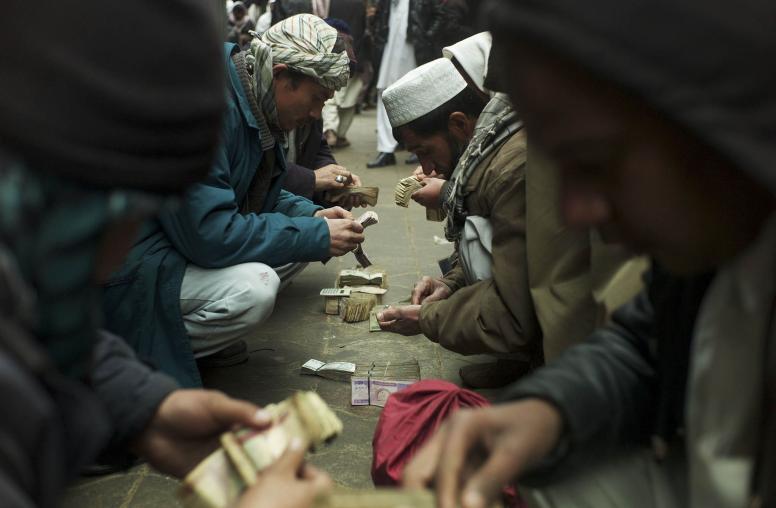
KABUL - There's a sign on the wall in the offices of Integrity Watch Afghanistan here that seems to say it all: "transparent wealth for equal distribution."
The poster reflects the broader mission of the Afghan NGO, but it says something about a mining project the organization is doing in partnership with USIP that focuses on bringing transparency to an industry that could be a game-changer for the country.
Logar province, one of the poorest provinces with one of the highest unemployment rates, is home to millions of tons of copper. A Chinese firm, Metallurgical Corporation of China, or MCC, has the rights to develop the mine and plans to begin extracting copper as early as 2014. But when it comes to mining in Afghanistan, there are the pessimists and there are the optimists. Although MCC has not done much in Logar yet, some believe mining could begin relatively soon. Others think stability and infrastructure issues in Afghanistan and the economy in China could dampen prospects for serious extraction work for many years.
All agree that Afghanistan confronts major challenges before mining becomes the country's "economic life raft" – and helps create a more self-sustaining budget. Afghanistan now relies on foreign aid for about 80 percent of its budget.
Estimates suggest there is close to a trillion dollars worth of minerals in Afghanistan, from oil and gas to copper, iron and coal. And a Pentagon report suggested Afghanistan could become the "Saudi Arabia of lithium," a raw material used in computer batteries, according to the New York Times. The Aynak mines in Logar offer one of the first mines on a scale with such large potential.
Integrity Watch Afghanistan is hopeful but wary. There's gold in them thar hills, and mining companies and the government of Afghanistan all want their piece. But there is an intense desire to minimize the adverse effects mining could have on the communities around the mines in Logar, and to make sure locals aren't motivated to disrupt mining operations, either. So the aim is to ensure the people who live there aren't left out as the mining industry takes hold. And USIP's partnership in this small project, implemented by IWA, is supposed to help see that they don't.
Mining, said Najib Ziar, a project manager at IWA, "is a major hope for Afghanistan." But as a non-renewable resource, there aren't a lot of second chances to get it right, he told me over green tea at USIP's Kabul office recently. "In order to sell [minerals] properly, you have to have good deals," he said. "You have to monitor it properly, inspect it properly, so that the company doesn't cheat you, so that it sticks to international standards, so that it doesn't pollute your environment, so that it doesn't pollute your water."
Enter the community based monitoring project Najib and his colleague, Javed Noorani, will begin next month. The NGO has hired a team of researchers to visit the 11 villages in Logar province in and around Aynak. The team will collect data on the local economy, the number of people with jobs, social conditions, infrastructure, access to services like education and healthcare and other factors. That data will be compiled into a "baseline" of information long before any miner turns a shovel.
That will give monitors like IWA – and USIP – a way to map changes to the communities as the extractive industry begins work in Logar. The idea is to use that information to give the 500 or so families living in the area a seat at the table.
"We are empowering the communities to have a stake in promoting sustainable and equitable progress in Afghanistan's mining sector," said USIP's Raymond Gilpin, who is overseeing the project for USIP.



